
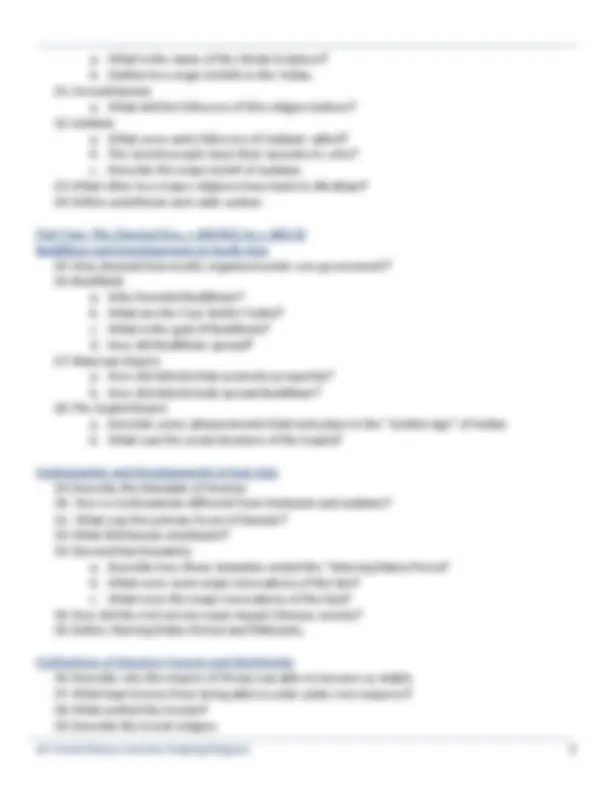
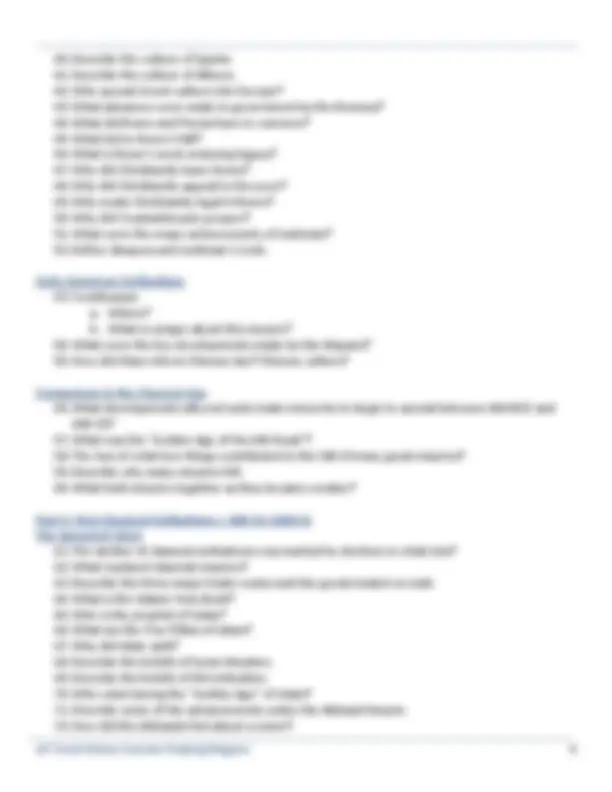
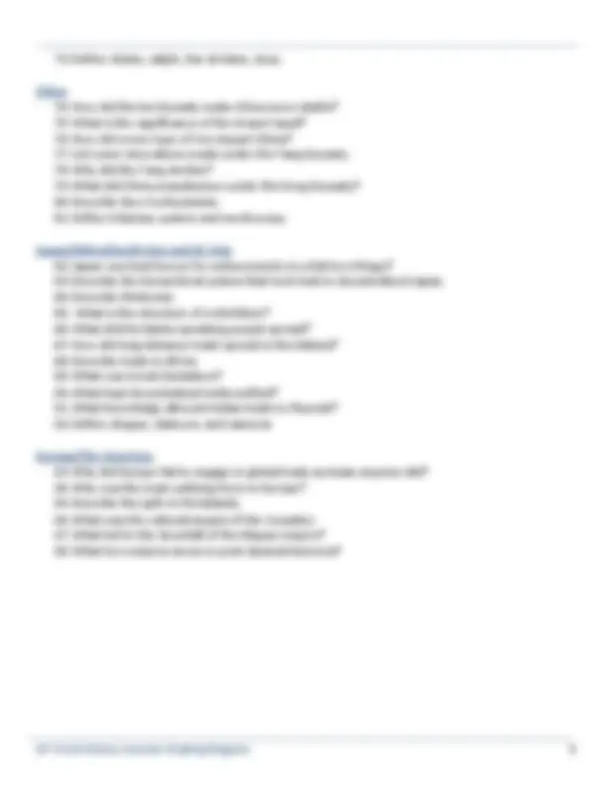
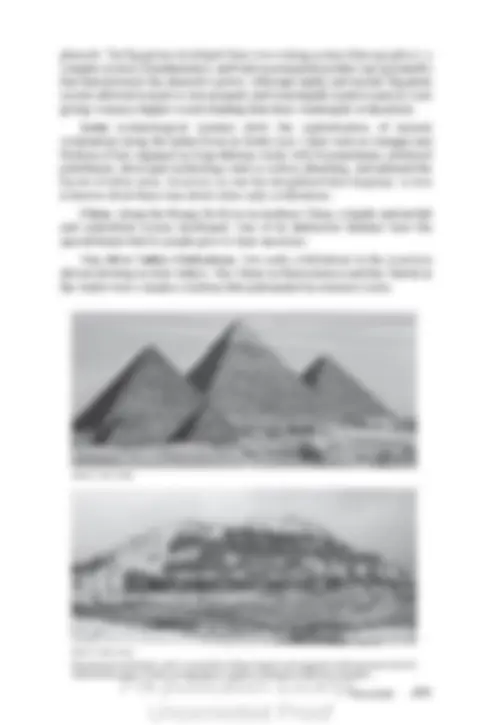
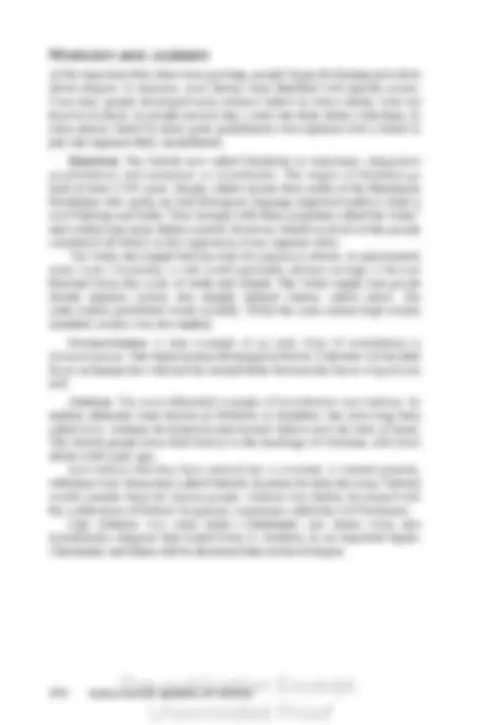
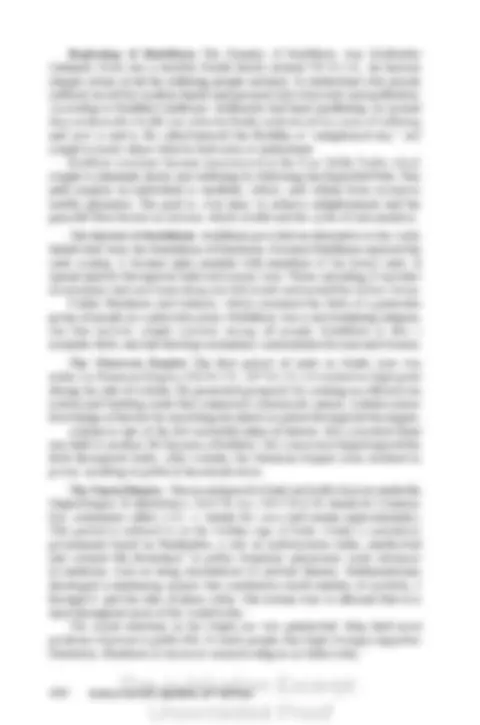
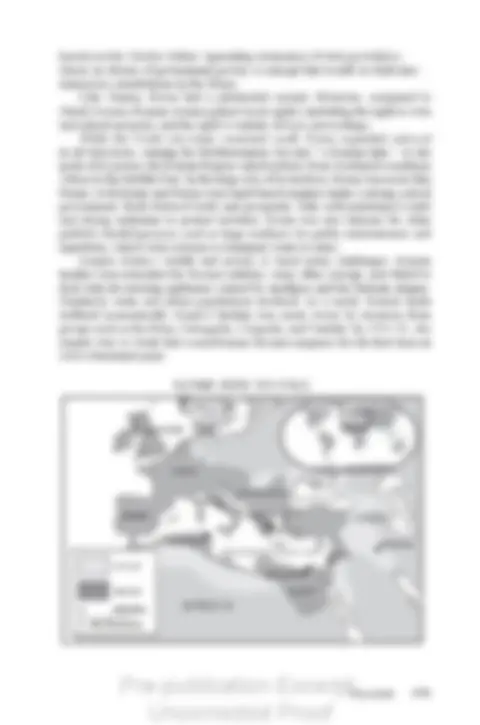
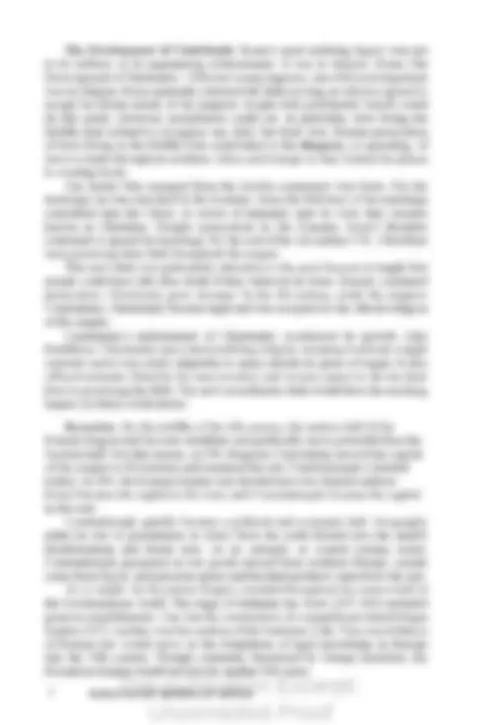
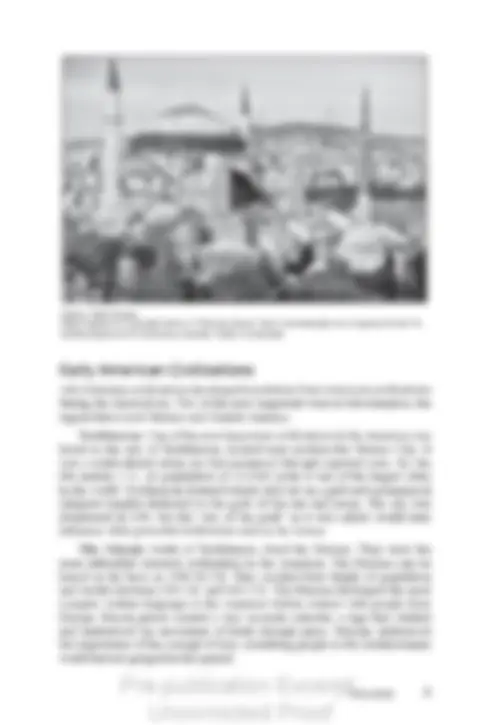
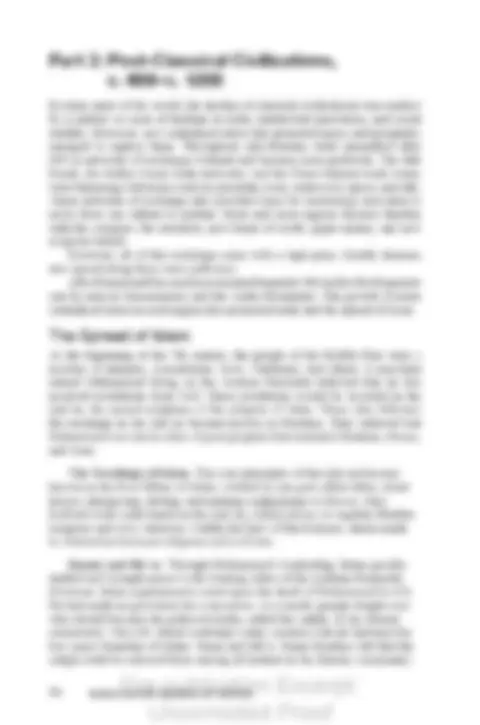
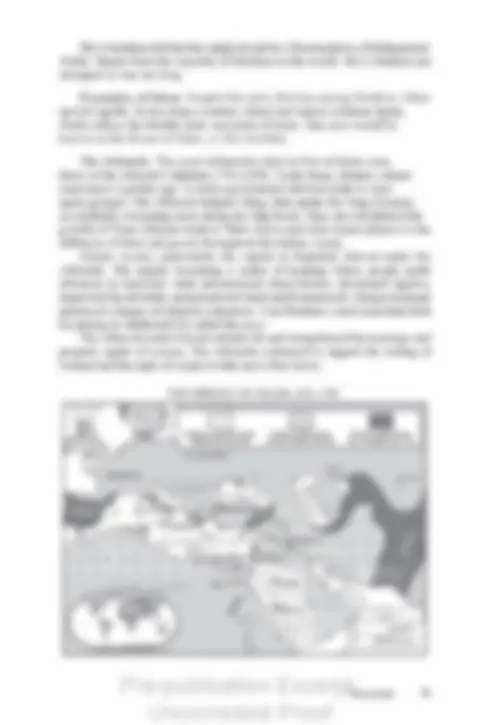
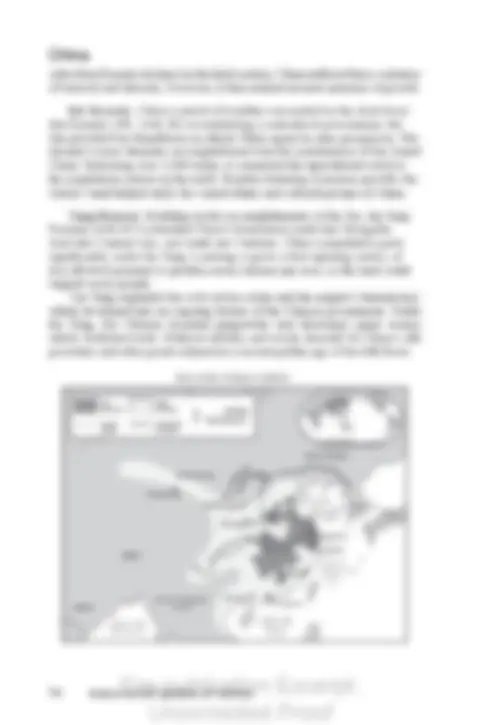
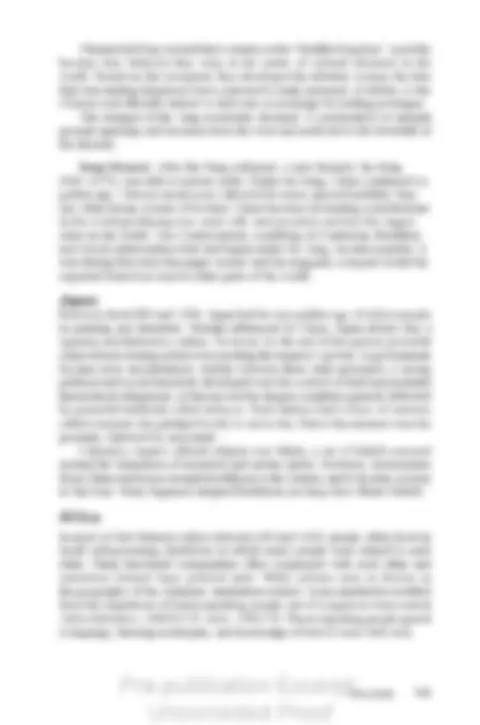
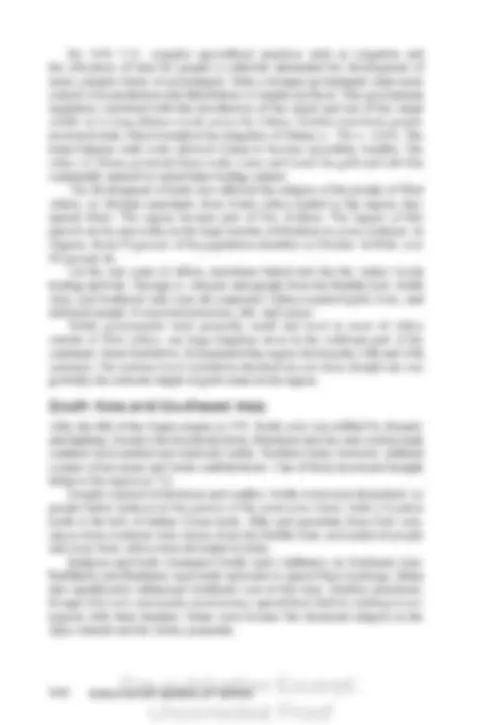
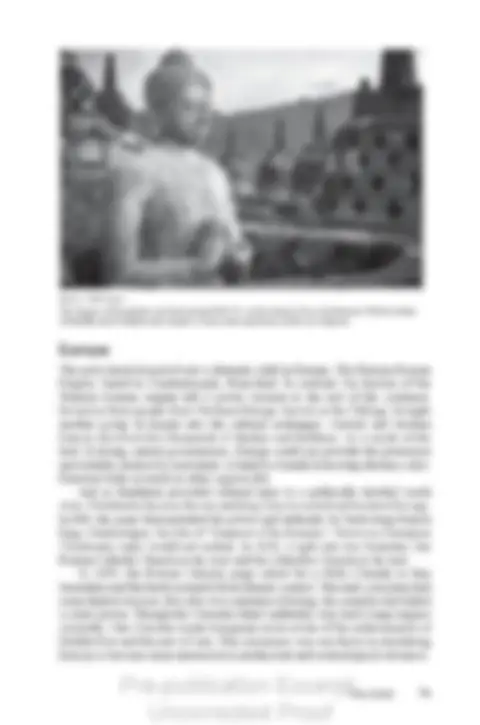
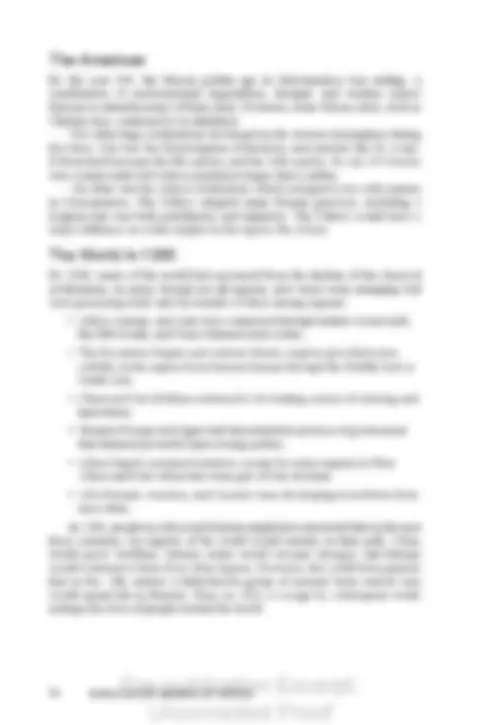


Study with the several resources on Docsity

Earn points by helping other students or get them with a premium plan


Prepare for your exams
Study with the several resources on Docsity

Earn points to download
Earn points by helping other students or get them with a premium plan
Community
Ask the community for help and clear up your study doubts
Discover the best universities in your country according to Docsity users
Free resources
Download our free guides on studying techniques, anxiety management strategies, and thesis advice from Docsity tutors
The summer reading assignment for AP World History: Modern, focusing on the history of the world from approximately 1200 CE to the present. Students are required to read the prologue section of the AMSCO AP World History: Modern Textbook and prepare for an exam. The course covers five thematic learning objectives: Interaction Between Humans and the Environment, Development and Interaction of Cultures, State Building, Expansion and Conflict, Creation, Expansion, and Interaction of Economic Systems, and Development and Transformation of Social Structures. The document also includes a reading guide with study questions for various topics, such as the Agricultural Revolution, the first civilizations, Hinduism and Judaism, Buddhism and developments in South Asia, and civilizations of Western Eurasia and Christianity.
Typology: Study notes
1 / 24

This page cannot be seen from the preview
Don't miss anything!

















AP World History Summer Reading Maguire 1
AP World History Summer Reading Maguire 2 Reading Guide Part One: Human Development to 600 BCE The First Migrations
AP World History Summer Reading Maguire 4
AP World History Summer Reading Maguire 5